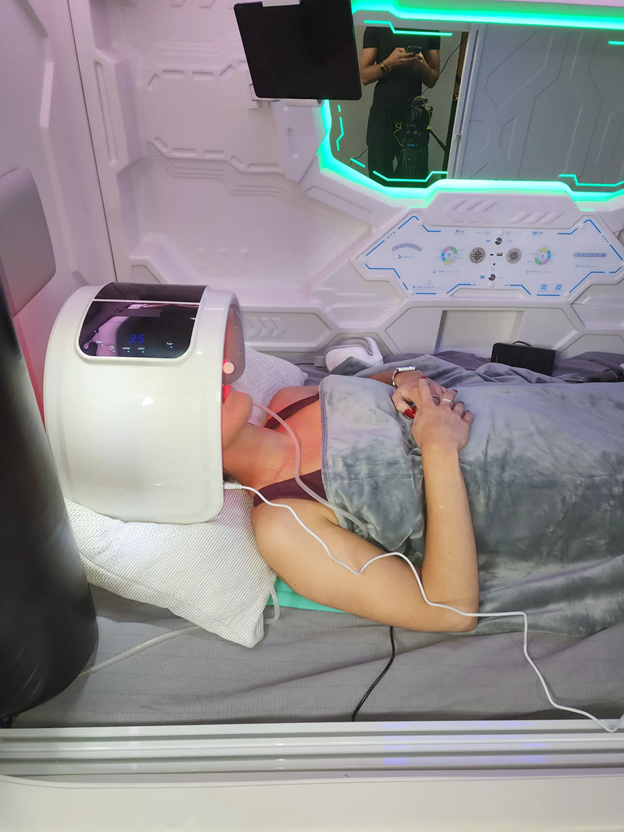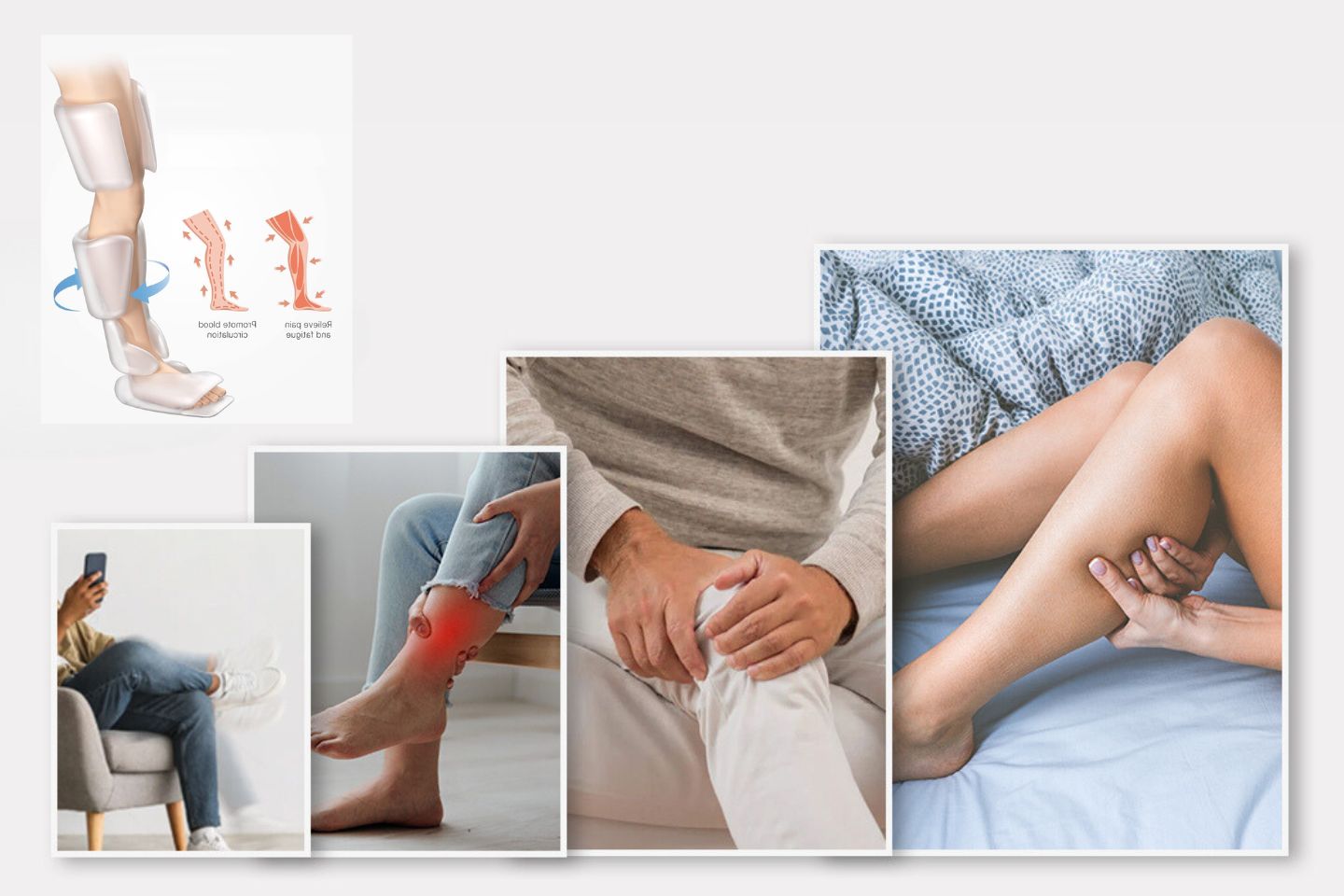
Table of Contents
Innovation
Chronic pain is very difficult to treat, as its source is quite elusive to identify. Patients themselves have an active and critical role to play in managing the pain. Technology has been very useful in treating chronic pain in Santa Monica as it has helped physicians gain lots of insight into the problem. Innovation in health technology has advanced over the ages and brought much improvement in the exploration and experimentation of different medication. Physicians help in identifying the source of chronic pain and hence they can suggest which aspects of the problem requires technical solutions to treat the pain.
Awareness

The development of alternative pain-relieving technologies has been driven by increased awareness and the potential negative side effects of opioids. New technologies increase the efficiency of diagnosis and chances of recovery – benefits that traditional methods never had. The biggest hurdle in treating chronic pain in Santa Monica and realizing the benefits of technology is that the procedures may be expensive, forcing the majority of the public will insist on maintaining the cheaper methods of diagnosis and treatment. Examples of emerging technology used in treating chronic pain include virtual reality, direct pain blocking, and pumping pain.
Virtual reality
Virtual reality is taking over the world and has now been adopted into the treatment of chronic pain. The technology helps the patient to immerse himself or herself into a full-body sensory experience, where the brain gets into higher attention states, enabling it to easily interact with pre-programmed therapy techniques, and adopt them. The patient is allowed to use a mouse to explore the immersive world with his or her own control, at 360 degrees. Thus, they get efficient treatment and at the same time enjoying the experience. Though the technology is still being developed, its effectiveness is undeniable. The level of impact it provides is based on the items that are directed to capture the attention of the brain. The therapy has minimal negative side effects and is, therefore, a critical alternative to the strongly criticized opioid drug therapies.
Blocking the pain

Physicians use several techniques to block chronic pain, such as using medication that dampen the pain, as well as injections. The idea here is to plainly block the pain from the patient’s conscious awareness, as chronic pain can sometimes get very severe. The injection targets the source of the pain and is mostly applicable where the pain is experienced in the face or arms, nerves at the neck are targeted. Other examples include instances where the injections are used to relieve pain in the abdomen possibly due to pancreatic cancer or other causes.
Pumping the pain away
The pumping technique is used to relieve chronic pain in the spinal cord. Special pumps are installed and the patient pushes a button that effectively delivers medications into the target areas. The medication is a mixture of local anesthetics, narcotics, and other pain-relieving drugs. This technique is common with cancer patients but can be used by other patients as directed by the physician. The patient has direct control over the pain-relieving process, which goes a long way in boosting the hopes of recovery.
Conclusion

Technologies used to treat chronic pain continue to evolve. Traditional therapies may have been efficient but new technologies that give a specific focus on the source of the pain have emerged. Chronic pain affects the body, mind, and soul of an individual. An increasing number of people have seen the benefits and are increasingly advocating for technological forms of treatment.


/assets/production/practices/c09e03dca5130aac52a9f82ce280dc843efcc522/images/2590795.png)




